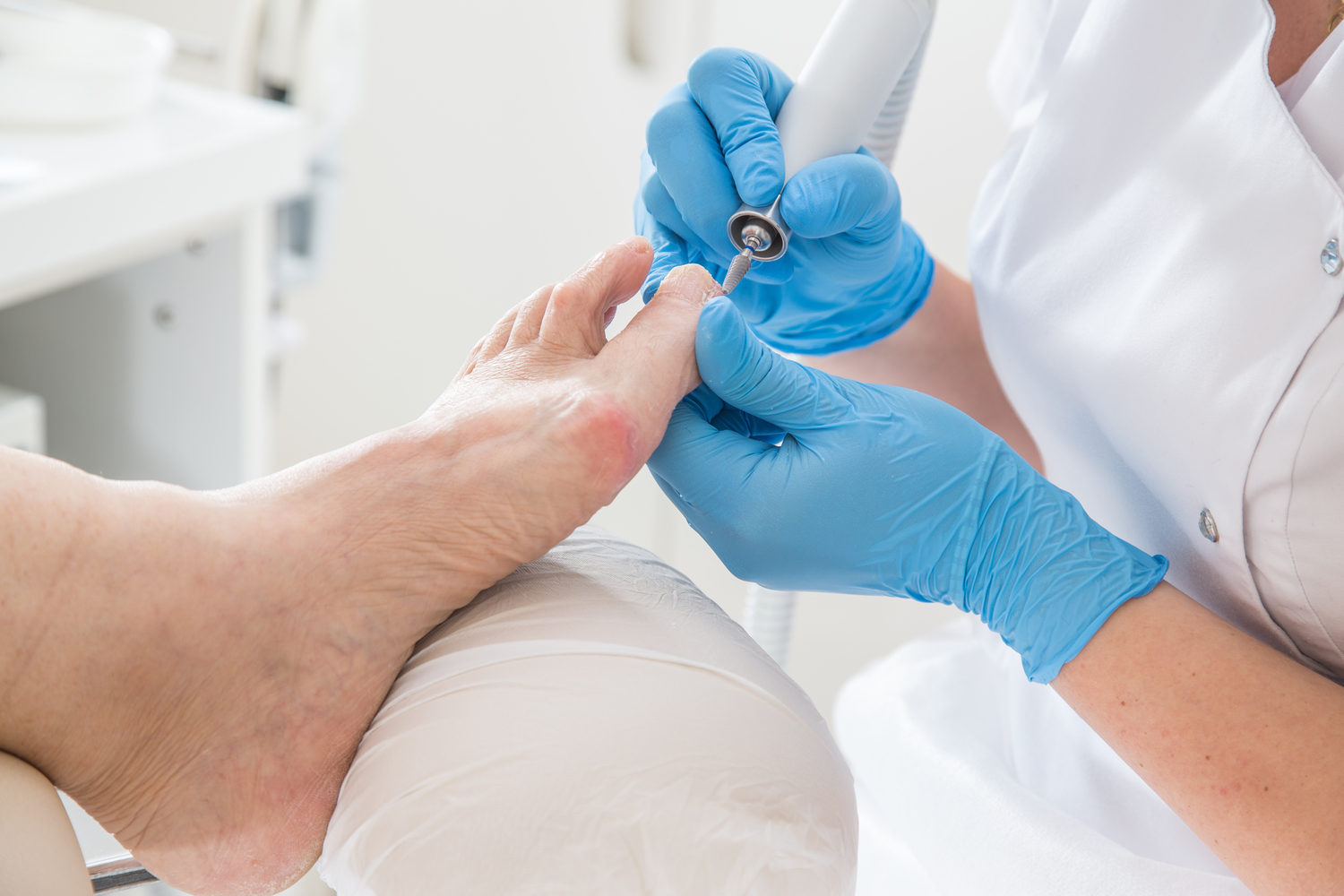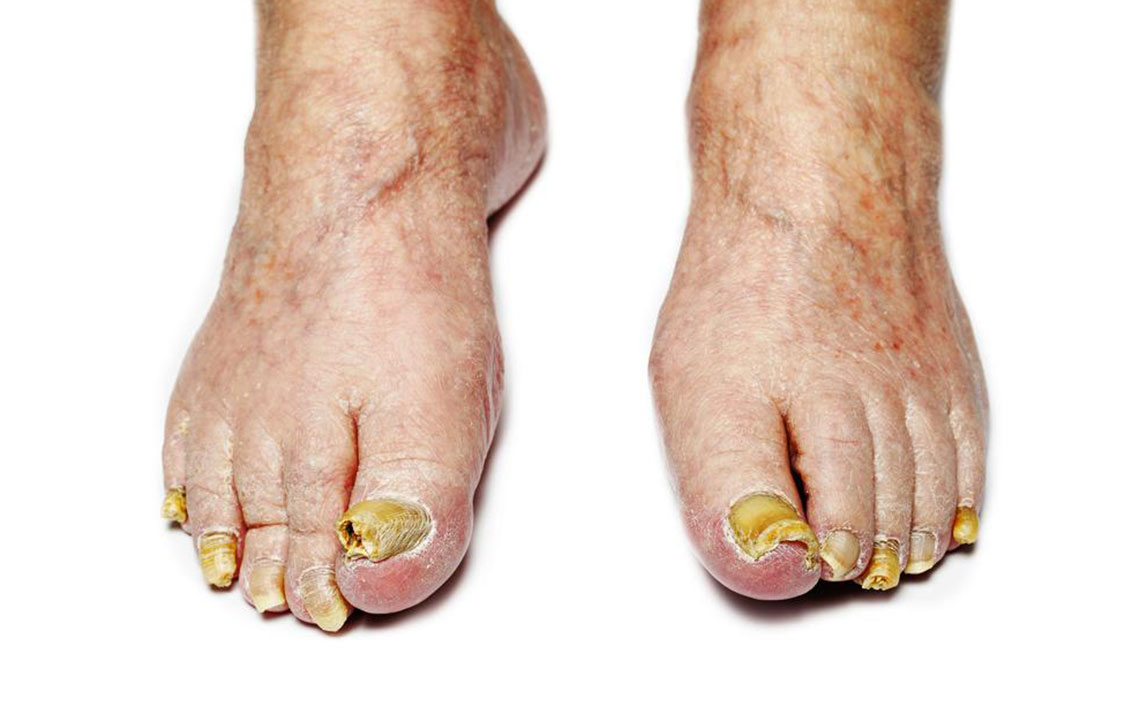Fast-Acting Solutions to Cure Toenail Fungus Quickly
Learn quick, effective strategies to treat toenail fungus with medications and home remedies. Recognize symptoms early to prevent spread and recurring infections. The article covers types, causes, symptoms, and treatment options for toenail fungus, emphasizing prompt action and proper hygiene for faster relief.

Fast-Acting Solutions to Cure Toenail Fungus Quickly
Effective methods to eliminate toenail fungal infections rapidly
Maintaining proper hygiene is essential for health. Toenails are exposed and prone to fungal infections if not well cared for. These infections can cause nails to appear yellow or dirty, so early treatment is vital to prevent spread. Approximately 10% of adults suffer from toenail fungus, especially men and seniors.
Fungal issues can be treated with prescribed medications or simple home remedies. Recognizing signs early helps in choosing effective treatments.
What is toenail fungus?
Medically known as onychomycosis, this infection affects toenails.
Infected nails turn yellow and discolored, impacting both toes and fingers.
If left untreated, it can cause complications like cellulitis.
Early action, such as trimming infected areas, is helpful, but recurrence is common. Replacing old shoes can help prevent re-infection.
Types of toenail fungal infections
Distal subungual onychomycosis: The most frequent form, caused by Trichophyton rubrum on the nail bed.
White superficial onychomycosis: Features white patches on the nail surface, making up about 10% of cases.
Proximal subungual onychomycosis: A rare type where fungi invade through the nail fold.
Candidal onychomycosis: Caused by Candida, often in those who frequently immerse in water or have damaged nails.
Causes of toenail fungal infections
Dermatophytes: Fungi such as Trichophyton rubrum are primary culprits, with others like T. tonsurans involved.
Additional pathogens: Candida, Aspergillus, and molds like Scytalidium can infect toenails, especially in older adults.
Age-related factors: Decreased blood flow and weaker nails increase risk with age.
Excessive sweating: Living in humid environments, wearing non-ventilated socks, or walking barefoot in damp areas raise the risk.
Symptoms to watch for
Thick, discolored nails—white, yellow, black, or green
Brittle nails that break easily
Swelling or pain near the nail
Yellowish patches around the nail bed
Unpleasant odor and dry, scaly skin
Diagnosis and Treatment Options
Diagnosis involves visual exams and lab tests like microscopy, PCR, cultures, and histology.
Effective remedies include oral antifungal medications, medicated nail lacquers such as ciclopirox, and topical antifungal creams.


